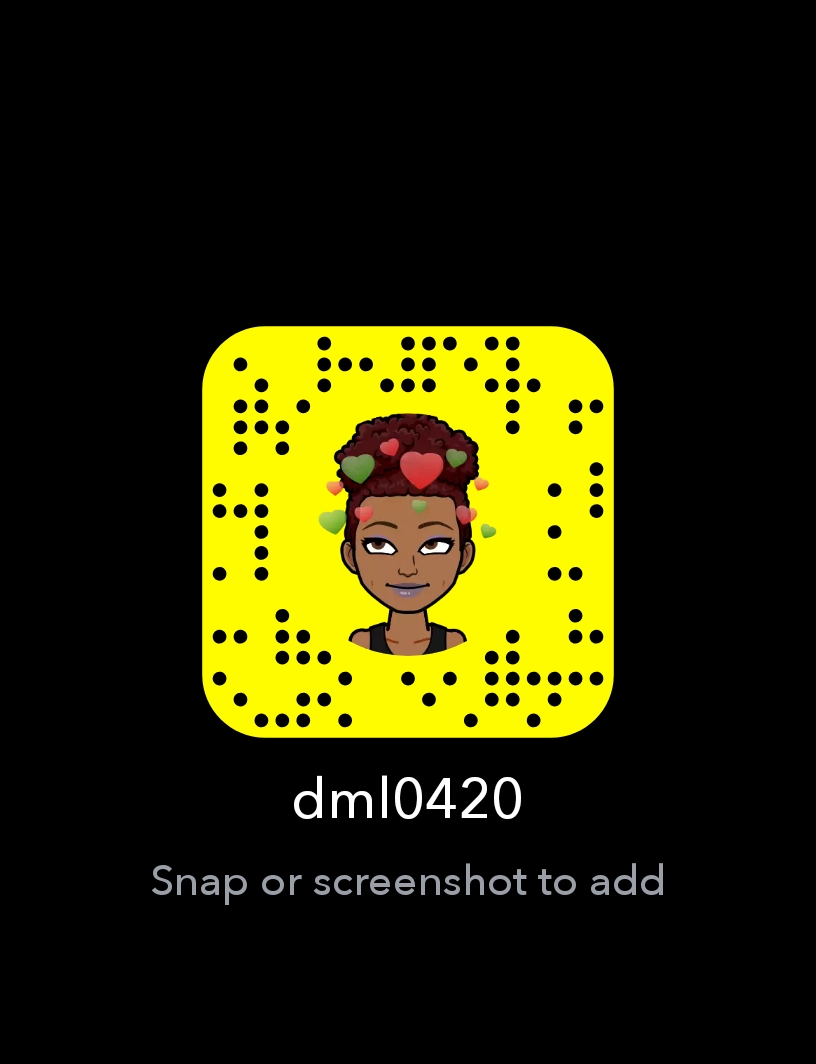Information
The Perfect Blog Format: 10 Killer Tips
In content marketing, appearance is crucial. A few words may make the difference between a website visitor becoming a lead and a reader being bored. Without an attractive, elegant, and easy-to-read design, social sharing and natural backlinks are improbable. Failing to format is a definite way to undermine your attempts to build an audience, acquire subscribers, improve SEO, and generate leads.
Also, writing a great blog article is easy. Creating high-quality content takes time. It just takes 15-30 minutes to organize and format your content for publication. Here are some tips for making your content simple to use:
Use Sub-headers
Use sub-headers to write a great blog post. They are noticeably different. See below:

Don’t you like the right side over the left? Use keyword-rich subtitles to appeal to both readers and search engines.
Use Multiple Sizes of Sub-headers
If your content is lengthy or complex, utilize various sub-header sizes. Use H1 to start your material, H2 to break it up, and H3 to start paragraphs.

The bigger your header is, the more effect it has on SEO. Create the ideal blog post with several header sizes, even though some experts recommend no more than four text sizes per page.
You spend your time writing the ideal blog post if you don’t follow the formatting rules! Use sub-headers, interesting images, visuals, and a variety of font sizes and lists to keep people reading.
Keep Your Posts Narrow
Large content columns in WordPress or Blogger layouts may be distracting. It’s time for a change. Generally, 80 characters or fewer is optimal.
Bold Text
Strong writing draws your attention. A whole article in bold would be overkill, but bolding key phrases is a great formatting trick. Using bolded phrases selectively may make your content marketing stand out.
Use the Right Images
Always include at least one graphic in your blog posts. Include a photo, infographic, embedded video, SlideShare, or meme to engage your audience.
Not every picture is equal. Marketing Experiments found that real-life staff photos outperformed stock photos 95% to 80%. Stock photos aren’t terrible per se, but ones that don’t seem genuine are. Photos of cheerful models eating salad should be avoided unless they enhance your remarks. Include relevant pictures in your blog article to help illustrate your point.
Use Graphs
Graphs may help content marketers that cover data-heavy subjects or work in technical fields. They’re a wonderful way to break up dull reading. They’re also great for sharing. Graphics may add a lot of visual appeal and complexity to your blog post, whether you create or curate them. Consider the graph below as an example of visually attractive data:
Make sure your graphs include text for the greatest SEO results.
Use Lists
- Most online users scan, not read.
- Lists are simple to read.
- What am I saying?
Is anybody still doubting the popularity of list posts? They have a lot of viral appeal, as demonstrated by Buzzfeed and Cracked. This may assist readers who are simply skimming your material get key points across.
Use Short Paragraphs
Writing a great blog post defies conventional composition rules. The main points are emphasized in brief paragraphs. Long paragraphs of information may put off blog readers.
Leverage Text Call-Outs
Text call-out boxes allow you to highlight key points in your blog post.

Text call-outs may be a great method to integrate text and visual content when utilized properly.
Use Image Captions
What does a website visitor glance at first while reading a blog post? And your header picture. Including images and subtitles may help you turn non-readers into readers by capturing their attention.
However, your picture description should be both descriptive and intriguing. Ask questions, provide power measurements, and try to be interesting. Image captions are right up there with blog headers insignificance.
What’s your blog post structure? Which tools and methods do you favor for splitting up bigger content marketing pieces?



